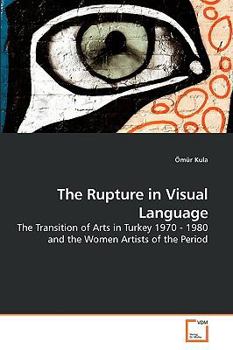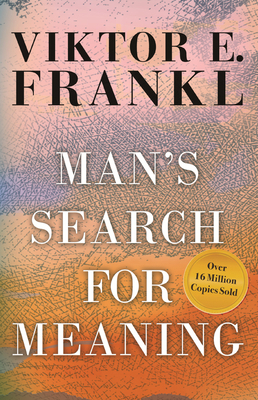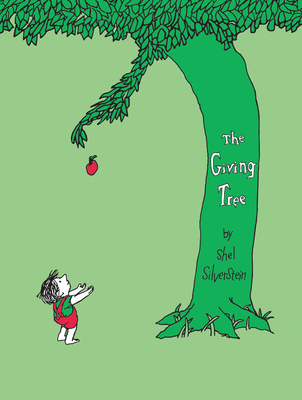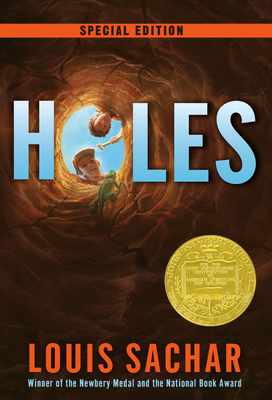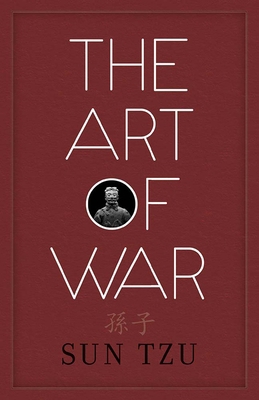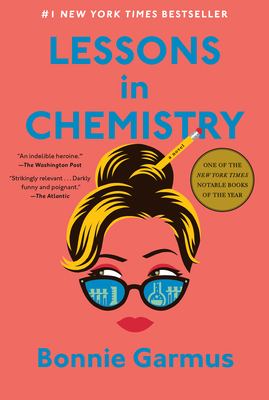The Rupture in Visual Language
The shift of arts from conventional forms of canvas- painting and sculpture to collage, ready-mades, installations and performances as it had occurred in the history of western art follow a linear and natural unfolding in parallel with sociopolitical evolvements. In the case of Turkish visual arts, this kind of a transformation projects between 1960s to 1990s where the face of arts change not smoothly but rather in the form of a rupture as new tendencies are embraced, practiced, applauded and exhibited; substituting the traditional forms of art- making in Turkey. The hypothesis, while seeking the possibility of naming this transformation as a rupture , runs in order to single out the contributions of significant women artists of the period, F?sun Onur, Ayse Erkmen, Canan Beykal, G?ls?n Karamustafa and Nur Ko?ak; whose visibility, active participation, production and unique artistic style happens to conquer the scene. As the most remarkable figures active between 1970 and 1980, they help move fine arts in Turkey out of the canvas into conceptuality as new subject matters, forms and concepts are integrated within the artistic representation and composition. This description may be from another edition of this product.
Format:Paperback
Language:English
ISBN:3639254686
ISBN13:9783639254686
Release Date:May 2010
Publisher:VDM Verlag
Length:236 Pages
Weight:0.77 lbs.
Dimensions:0.5" x 6.0" x 9.0"
Customer Reviews
customer rating | review
There are currently no reviews. Be the first to review this work.









